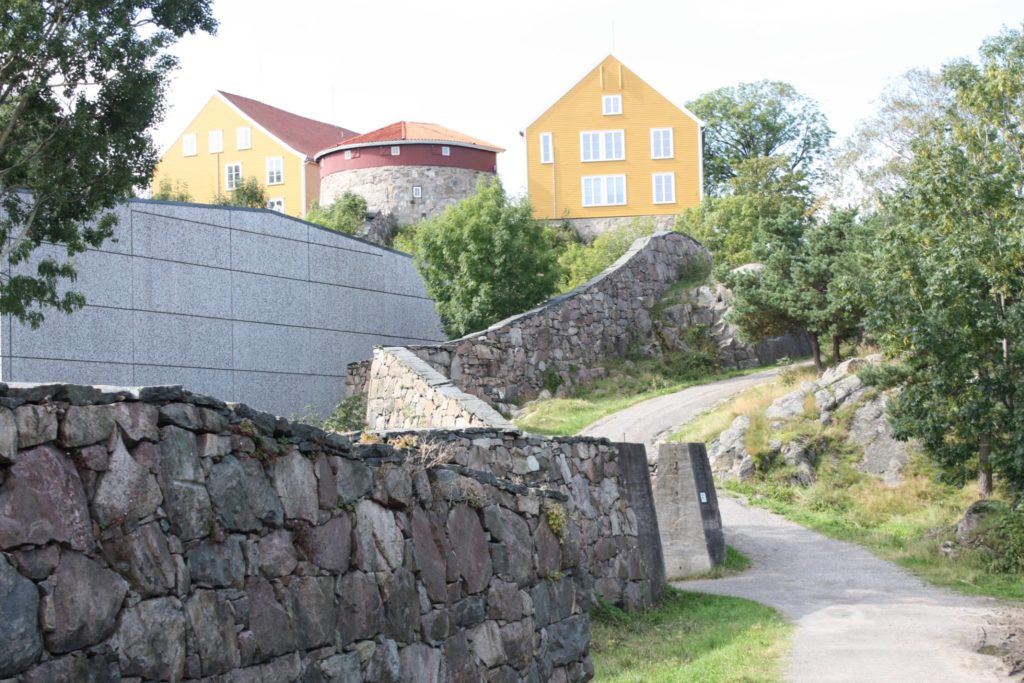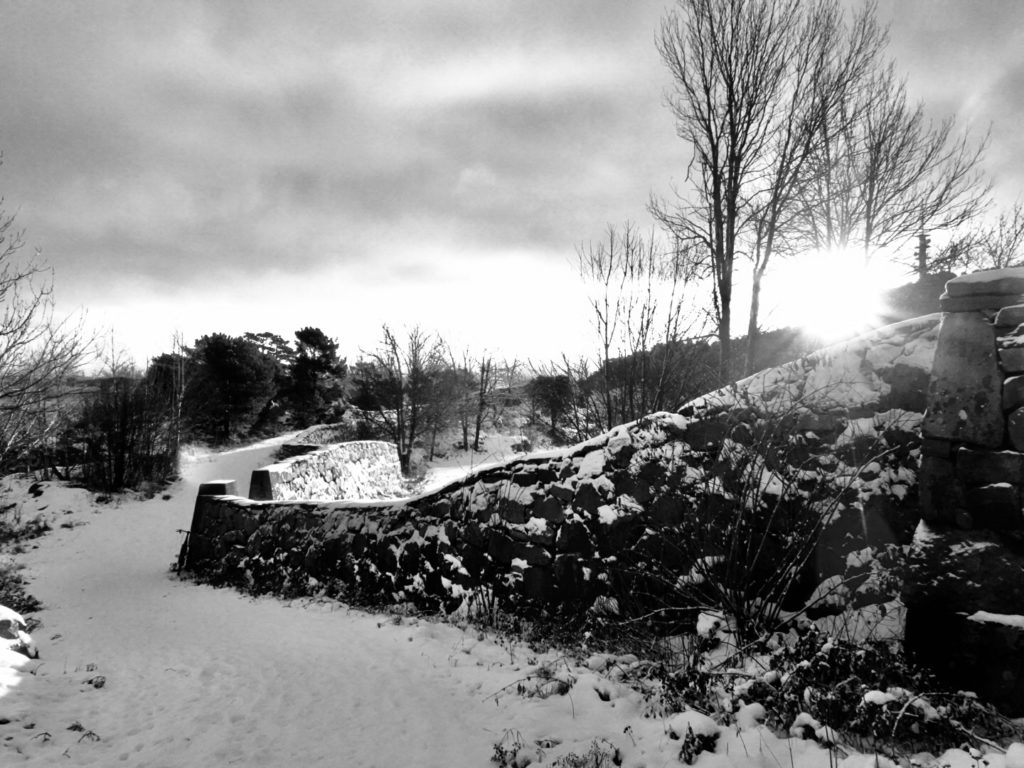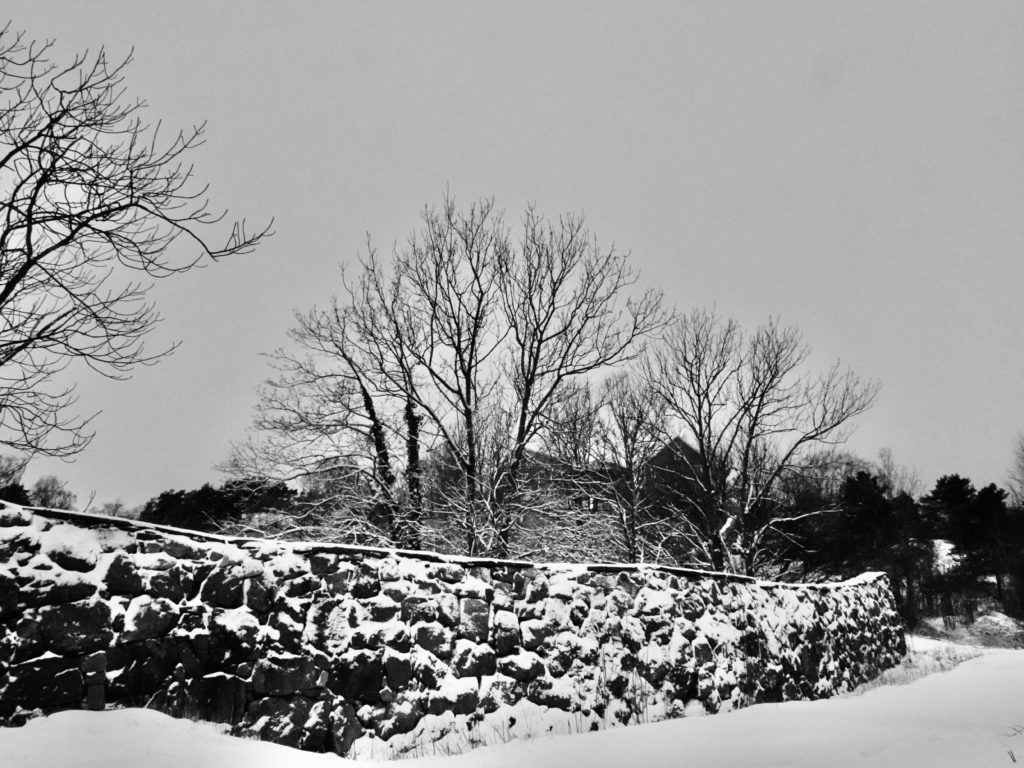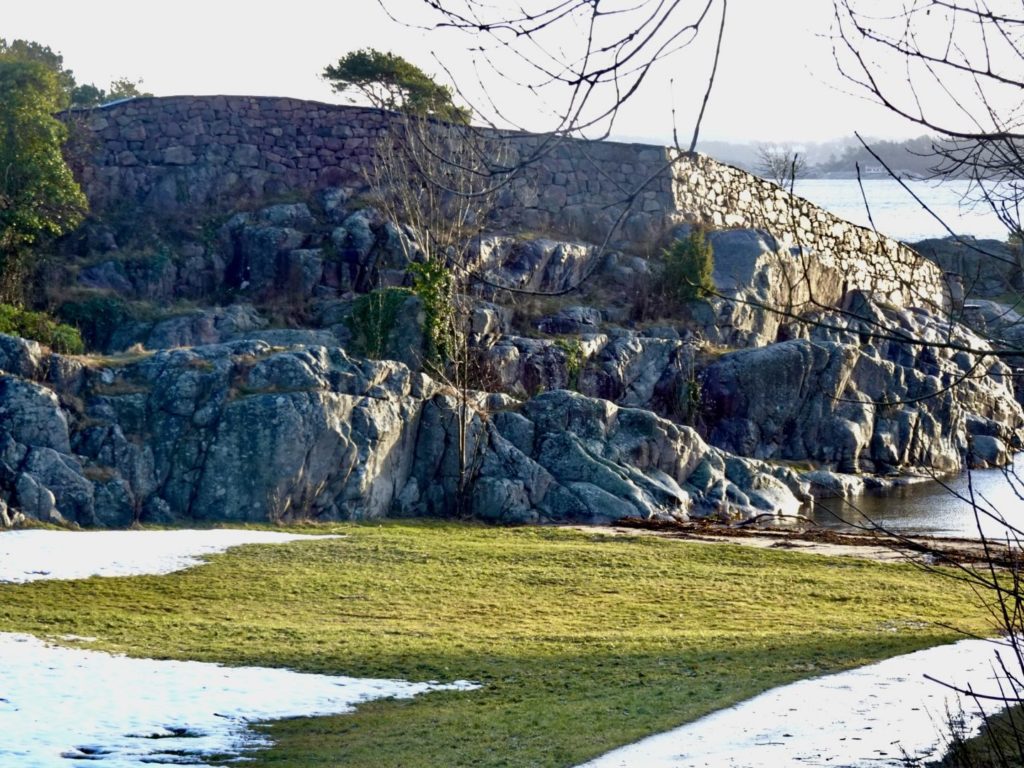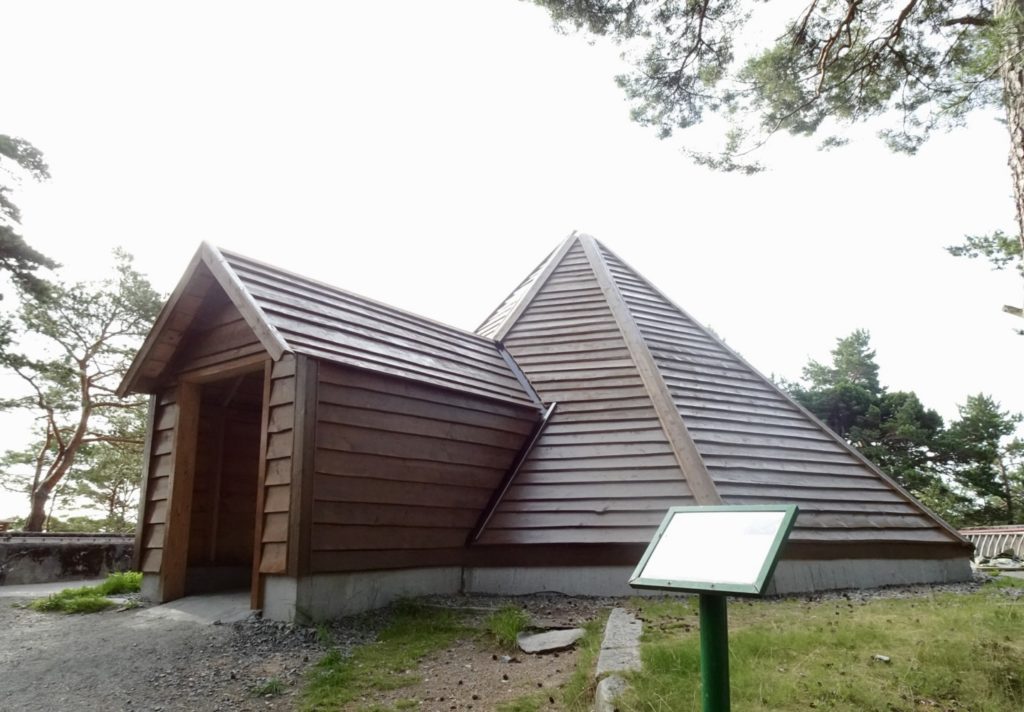THE QUARANTINE STATION/ - THE HARBOR
On July 1, 1831, over 100 ships arrived and were quarantined. This year was a difficult year, so Hannevika also had to be used as a quarantine port. From the beginning, it was intended that the quarantine station in Kristiansand would serve Norway, Denmark and Holstein. For a time, it was international, with several European states contributing. If larger or more ships arrived at the same time, they therefore had to lie on the berth of the "mooring ring" that was placed in a suitable place to give the larger ships complete safety. On the largest islet, Blegerøya, in the quarantine port, a warehouse was built that was used to disinfect the cargo by smoking, cleaning and airing.
The original name of the quarantine harbor was Hullet or Odderøyhullet. It was used until the hospital was built. The innermost part was called Bendiksbukta. The bay closest to the cemetery was called Kjerregårdsbukta by many in the 1880s-1890s.
KOLERAKIRKEGÅRDEN / KJERREGÅRDSBUKTA
Some of the ships that entered the quarantine port had had deaths caused by cholera on board. Such ships were thoroughly cleaned and aired, and sometimes also had their cargo and rooms fumigated. The vessels had to remain in quarantine for 40 days. If there was no outbreak of cholera or plague, they were allowed to sail on.
The sick who died at the hospital were buried at the Cholera Cemetery. Before the quarantine station was built, plague victims were buried at the Hospital Cemetery. The Eastern Beach Battery is located on the hill southeast of the cholera cemetery.
